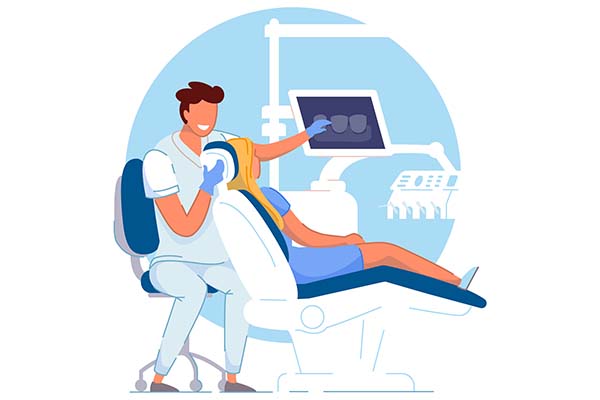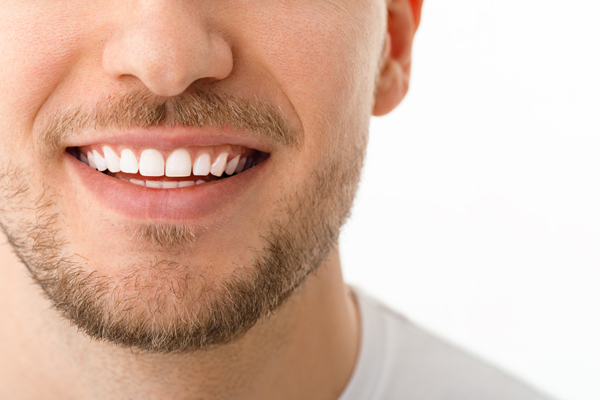 An orthodontist typically offers clear aligner treatments for patients that want a reliable and discreet way to straighten their smile. This blog post discusses some of the more frequently asked questions that orthodontists receive regarding clear aligners and the benefits they can provide. Read on to learn more about clear aligners.
An orthodontist typically offers clear aligner treatments for patients that want a reliable and discreet way to straighten their smile. This blog post discusses some of the more frequently asked questions that orthodontists receive regarding clear aligners and the benefits they can provide. Read on to learn more about clear aligners.
Five common questions about clear aligners answered by an orthodontist
Some of the more frequently asked questions about clear aligners are about what they are exactly, how they are different from braces, who they are recommended for, and how long the treatment process takes. Having answers to these questions and more can help you make a better decision about treatment.
1. What are clear aligners?
Clear aligners are clear trays that are worn over teeth and slowly shift teeth into their ideal position. They have gained popularity over the past few years due to the advantages they provide over traditional braces. Notably, they are removable, but patients must wear them all day, except when eating or brushing their teeth. In addition, clear aligners produce reliable and long-lasting results when patients follow the treatment plan provided by their orthodontist.
2. How are clear aligners different from braces?
Clear aligners are removable trays, whereas braces use a bracket and wire system to move teeth into an ideal position. Perhaps the most notable benefit of clear aligners is that they are transparent. This means other people are not likely to notice them, whereas braces are far more noticeable. Clear aligners are also removable, which can make it easier to keep teeth clean.
3. When are clear aligners a good option?
Clear aligners are most suitable for mild to moderate teeth and jaw misalignments, and they do not work as well for severe malocclusions. If the alignment issue is not severe and the patient desires a more discreet, removable treatment option, then clear aligners may be the way to go. However, the ability to remove the aligners does come at an increased responsibility to keep them clean and not misplace them.
4. How long does clear aligner treatment take?
The clear aligner treatment process can take anywhere from six months to close to two years. On average, clear aligners patients see results in less time than with traditional braces. The specific time it takes depends on how well the patient follows the treatment plan and on the severity of the misalignment that is being corrected.
5. What can I expect after clear aligner treatment?
It is important for patients to wear a retainer as directed by the orthodontist after clear aligner treatment. Otherwise, teeth can shift back into their original position. Good oral hygiene practices are also of the utmost importance.
Schedule a consultation with our orthodontist
You can learn more about clear aligners and decide whether it is right for you during a consultation visit at our dental office. We take pride in helping our patients improve their smile and oral health through better teeth and jaw alignment. To start the process, give us a call today.
Request an appointment or call Valley Ranch Orthodontics at 972-200-1016 for an appointment in our Irving office.
Related Posts
An orthodontist specializes in malocclusions, or dental misalignments, that affect the jawbone, teeth, or facial symmetry. If a dentist recommended you or your child for this dental specialist, you may wonder what to expect at the first appointment. While it is a relatively simple process, there are some differences in how the orthodontist and their…
Early interceptive therapy, also known as phase 1 orthodontics, is performed by a kids orthodontics and deals with the application of growth appliances, expanders, or partial braces, pending the complete eruption of the patient’s adult teeth. Phase one treatment is usually recommended for children when they are between 7 and 11 years old. The treatment…
Children who suffer from misaligned teeth and visit an orthodontist to help correct the problem may be fitted with dental headgear. There can be several reasons why this may be recommended, such as for the correction of protruding front teeth or irregular jaw growth. Parents who are told a child will require headgear may wonder…


